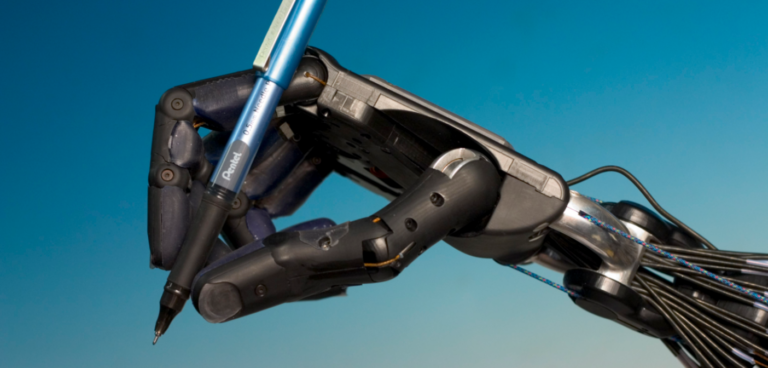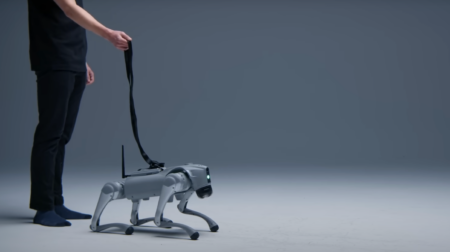Researchers from WMG at the University of Warwick have developed a set of AI algorithms that enable robotic hands to learn how to manipulate objects like humans do.
The project has led to the development of a robotic hand, from London-based Shadow Robot Company, that learns how to coordinate movements and execute tasks such as throwing a ball or spinning a pen.
According to researchers, the new AI algorithms enable the dexterous hand to learn how to coordinate its finger and enables manipulation.
Using physically realistic simulations of Shadow’s robotic hand, the researchers were able to make two hands pass and throw objects to each other.
Furthermore, the algorithms can reportedly learn any task as long as it can be simulated. The 3D simulations were developed using MuJoCo (Multi-Joint Dynamics with Contact), a physics engine from the University of Washington.
Initially, a planning algorithm produces a few approximate examples of how the hand should be performing a particular task. These examples are then used by a reinforcement learning algorithm that masters the manipulation skills on its own.
Professor Giovanni Montana, from WMG, University of Warwick, said: “The future of digitalisation relies on AI algorithms that can learn autonomously, and to be able to develop algorithms that give Shadow Robot’s hand the ability to operate like a real one without any human input is an exciting step forward.|
According to Montana, such autonomous hands could be used in the future to deliver robotic surgeons, to increase the productivity of assembly lines and to replace humans in dangerous jobs such as bomb disposal.
Following the successful simulations, the team will now work with the Shadow robot to test the AI methodology on robotic hardware. The team said this could see the hand advance closer to use in real day-to-day life.








